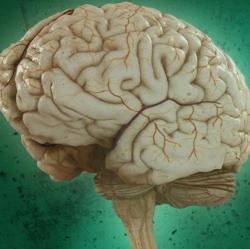
One of the great debates in neuroscience is how neurons encode information that is sent to and from the brain. At issue is whether the information is sent in digital or analog form or indeed whether the brain can process both at the same time. That’s important because it can change the way we think about how the brain works.
But solving this question isn’t easy. The digital signals used by conventional computers are entirely different from the analog signals used in devices such as old-fashioned TVs and radios. That makes them easy to distinguish,
But the same can’t be said of neural signals, where digital and analog signals are hard to tell apart. So a useful step forward would be a way to distinguish between neural signals that are analog and those that are digital.
Today, Yasuhiro Mochizuki and Shigeru Shinomoto at Kyoto University in Japan say they’ve come up with just such a technique. And these guys have used it to distinguish between analog and digital signals in the brain for the first time.
Neuroscientists have long known that neurons carry signals in the form of electrical pulses that they call action potentials or spikes. A series of these is known as a spike train.
Exactly how information is encoded in a spike train isn’t known but researchers have discovered at least two different encoding protocols. In the 1990s, neuroscientists found that the way a muscle becomes tense is determined by the number of spikes in a given time interval, the rate which they arrive. This kind of signal is either on or off and so is clearly digital.
